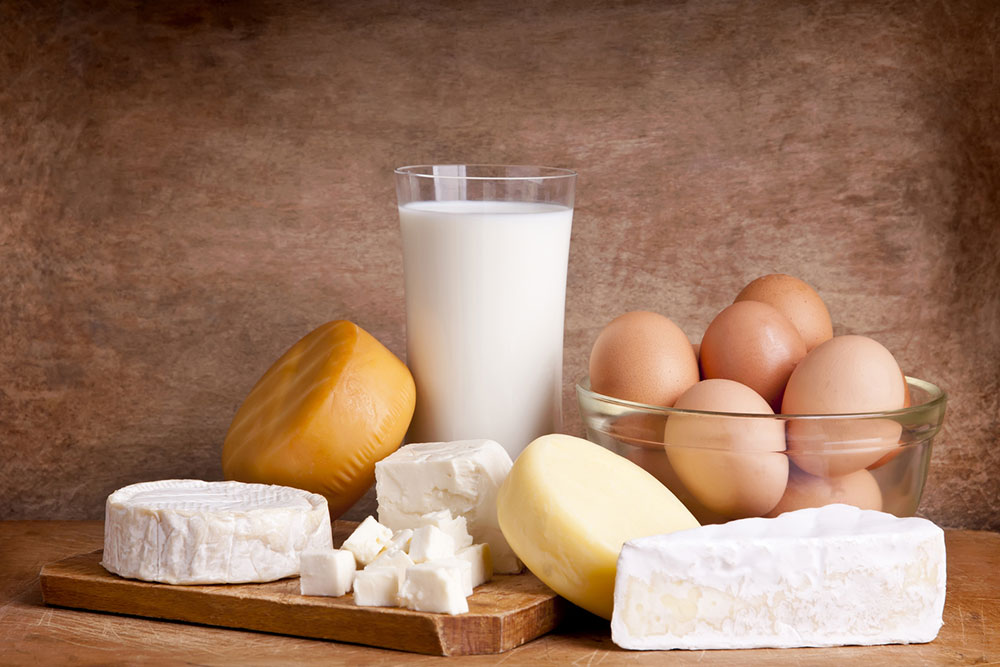7 heart-healthy breakfast ideas to kickstart the day
Research has shown a correlation between nutritional choices and heart health. Out of all meals, breakfast plays an important role when it comes to reducing the risk of metabolic and cardiovascular diseases. A heart-friendly breakfast can set the tone for the rest of the day, providing essential nutrients and energy to keep one going. So, here are 7 heart-healthy breakfast ideas that are not only delicious and nutritious but also easy to make: 1. Overnight oatmeal Rolled oats soaked overnight in milk or dairy-free alternatives with a sprinkle of chia seeds, a touch of honey, and fresh berries can be a filling, heart-healthy breakfast. The fiber in oats helps lower bad cholesterol levels, promoting heart health. 2. Avocado toast Avocado is rich in monounsaturated fats, which have been linked to lower levels of bad cholesterol and a reduced risk of heart disease. Here, one can layer thin avocado slices on whole-grain toast and season with salt, pepper, and red pepper flakes. Fresh herbs, lemon juice, or even a poached egg can also be added to the recipe. 3. Vegetable smoothies Smoothies with leafy greens like spinach or kale, along with cucumber or celery, can be nutritious, as these veggies are packed with vitamins, minerals, and antioxidants that contribute to better heart health.
Read More 









